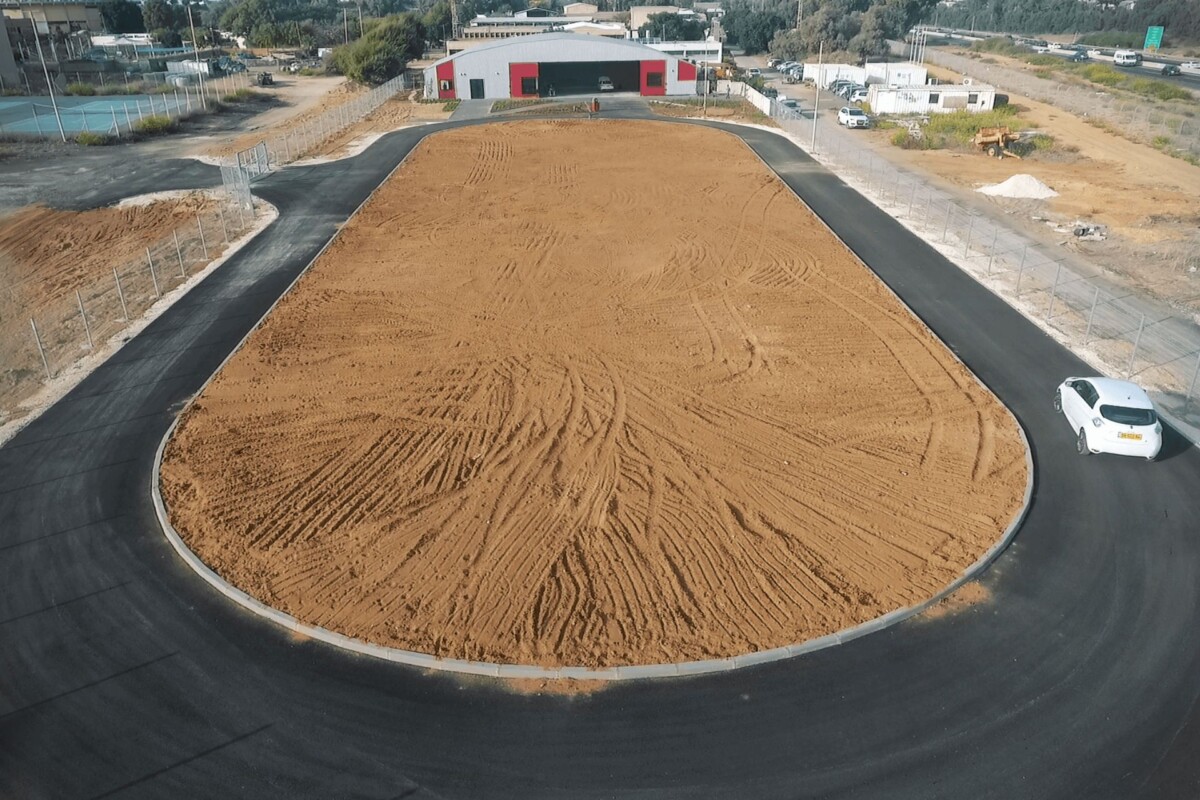The Israeli company Electreon is developing induction road technology and is currently trying to break a distance record. This wireless charging solution could make it possible to no longer fear breakdowns, while autonomy still remains a barrier to the purchase of an electric car.
Sales of electric cars continue to rise, after overtaking diesels at the end of last year. So much so that the Tesla Model Y even became the best-selling car worldwide, all engines combined, for the entire first quarter.
An innovative solution
However, there are still a few brakes for many motorists, including price and range. The former is however improving, as parity will soon be reached, while the latter will also be a distant memory. Indeed, charging infrastructures are developing at high speed, and thinking that you necessarily need a long range is a mistake today, as we have seen with three electric cars with a range of 400 km on a Paris-Marseilles.
Indeed, we can now count on the many charging stations present on the side of our roads, since there are more than 100,000 in France alone. But that’s not all. Because a young Israeli start-up is currently developing an even more innovative technology. This is the induction route, which is of interest to many companies. Some countries are also won over, such as Sweden, which is preparing to convert a 20 kilometer long stretch of motorway.

Founded in 2013, Electreon quickly became a reference in the field, in which Qualcomm also wanted to get started in the course of 2017 by carrying out several tests in France. Siemens had also shown interest in this solution. But it’s the start-up based in Israel which seems the most advanced, when it had signed a contract with Eurovia in 2020 for the construction of induction roads in Europe.
After successfully charging a Renault Zoé without a cable in 2019, the firm now wants to break a historic record. She actually wants prove the interest of its electric roadswhich should in particular make it possible to reduce the phenomenon of range anxiety“, which is none other than the stress induced by the autonomy deemed too low and the fear of breaking down during a journey. And even if it happens very rarely.
A life-size test
In a press release, the start-up explains that it tried to break a new record, in order to prove the effectiveness of its device. On May 21, she launched a major experiment that lasted five days in total. During this period, she rolled a Toyota RAV4 plug-in hybrid equipped with an 18 kWh battery on an oval track equipped with its wireless charging technology on both straights.
The goal ? Ride for a hundred hours over five days without using any other refill than that provided by the coating developed by Electreon. The company’s goal was to travel between 1,000 and 1,500 kilometers without the battery ever being completely discharged. Only breaks to change drivers were planned, but at no time was the vehicle connected to a charging station.

But what is the point of this technology, since there are already a large number of fast charging solutions, with terminals making it possible to fill a battery in 12 minutes? Well, this innovation will be particularly useful with the development of the autonomous car. Thus, it will no longer be necessary to plan stops to plug in, since the vehicle will be powered directly by the road.
But how does it work? Truth be told, it’s pretty simple on paper. As the Vinci site explains, copper coils are placed under the road surface, then sensors detect oncoming cars in order to transfer energy to them from the electrical network. These last ones are equipped with receivers to supply the battery. Vehicles will therefore have to be modified or specifically equipped when they leave the factory.
And precisely, Tesla is currently working on a wireless charger, by induction. But he. would be used to charge at home, not on roads.
To follow us, we invite you to download our Android and iOS application. You can read our articles, files, and watch our latest YouTube videos.
